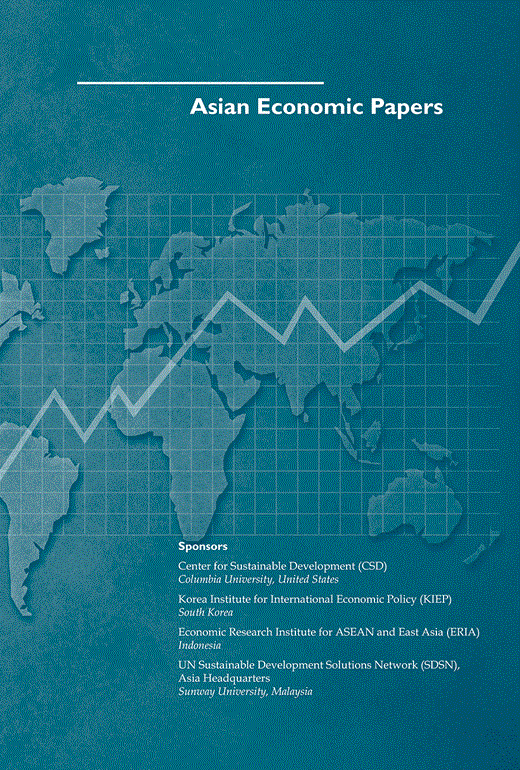马来西亚脱碳道路的选择
IF 5.3
3区 经济学
Q1 ECONOMICS
引用次数: 0
摘要
马来西亚排放大量二氧化碳的两项活动是发电和钢铁生产。为了使前者脱碳,马来西亚应该投资一个灵活的能源系统,通过峰值负荷定价来影响需求模式,增加储能能力,并加入区域电网安排,以克服太阳能的间歇性特征。马来西亚应立即停止为使用高炉-碱性氧炉(BF-BOF)技术的设施颁发新的许可证,以应对最近高炉-碱性氧炉(BF-BOF)技术在钢铁生产中的大规模产能扩张,并通过申请外国技术援助(例如:联合国气候技术中心和网络[UN-CTCN])以及《巴黎协定》下的优惠气候资金。最后,为了与世界1.5°C的目标保持一致,马来西亚应该致力于到2030年实现碳排放峰值,到2050年实现净零排放。本文章由计算机程序翻译,如有差异,请以英文原文为准。
The Options in Decarbonization Pathways for Malaysia
Two activities in Malaysia that emit large amounts of CO2 are electricity generation, and iron and steel production. To decarbonize the former, Malaysia should invest in a flexible energy system to overcome the intermittent characteristic of solar energy by influencing the pattern of demand with peak load pricing, increasing energy storage capability, and entering into a regional electricity grid arrangement. Malaysia should respond to the recent large capacity expansion in iron and steel production with blast furnace-basic oxygen furnace (BF-BOF) technology by ending immediately the issuance of new licenses for facilities that use this BF-BOF technology, and speed up the process of adopting of advanced green, near-zero emission technologies (e.g., Hydrogen Breakthrough Ironmaking Technology [HYBRIT]), by applying for foreign technical assistance (e.g., the United Nations Climate Technology Centre and Networks [UN-CTCN]) and for concessionary climate finance under the Paris Agreement. Finally, to be consistent with the 1.5°C pathway for the world, Malaysia should aim commit to achieve peak carbon emission by 2030 and net zero emission by 2050.
求助全文
通过发布文献求助,成功后即可免费获取论文全文。
去求助
来源期刊

Asian Economic Papers
ECONOMICS-
CiteScore
7.50
自引率
0.00%
发文量
16
期刊介绍:
The journal Asian Economic Papers (AEP) is supported by several prominent institutions, including the Center for Sustainable Development at Columbia University in the United States. This shows that there is a strong emphasis on sustainable development within the journal's scope. Additionally, the Korea Institute for International Economic Policy in South Korea, the UN Sustainable Development Solutions Network (SDSN) in Malaysia, and the Economic Research Institute for ASEAN and East Asia in Indonesia also sponsor AEP. The articles published in AEP focus on conducting thorough and rigorous analyses of significant economic issues pertaining to specific Asian economies or the broader Asian region. The aim is to gain a deeper understanding of these issues and provide innovative solutions. By offering creative solutions to economic challenges, AEP contributes to the discourse and policymaking that impact the Asian economies and region as a whole.
 求助内容:
求助内容: 应助结果提醒方式:
应助结果提醒方式:


